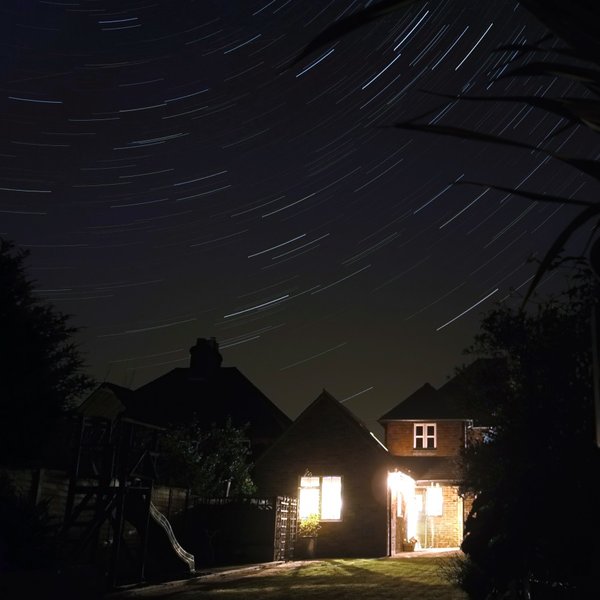Hi
I'm new to the forum and I have a lovely new GRD IV, having had a GRD III for a year.
Reading through all your posts i was surprised to read that my beloved timelapse-camera is thought of as a street-camera by everybody else.
I was attracted to Ricoh as they seem to be the only compact cameras with an interval mode.
I mostly shoot dawns:
http://www.youtube.com/watch?v=x2Px5PB33A0
but i am partial to the stars moving too:
http://www.youtube.com/watch?v=0StNsUAmvZk
When trying to shoot the stars it takes nearly as long to apply the NR as it takes the picture. So a 30second exposure takes 25 seconds to process.
Using interval composite scene with the option set to "save each image" doesn't seem to take nearly as long to do the NR processing (if at all)
I cannot recommend using the composite image produced in-camera as anything other than a draft (its nice to look at in the camera screen as a preview). Using Startrails with all the saved images and a couple of dark frames gives much better results. But when you have the individual frames you can also turn them into a video or use DeepSkyStacker to reveal amazing detail.
1-Second Intervals !!!!
So you can use Interval Composite to get <5 second intervals for timelapsing driving, or other fast-moving things.
If the exposure is <1 second then you can set the Interval Composite time to 1 second
Of course you'll have to discard the composite image produced at the end.
have you had any luck with the Interval Composite mode? have i missed anything?
looeee
I'm new to the forum and I have a lovely new GRD IV, having had a GRD III for a year.
Reading through all your posts i was surprised to read that my beloved timelapse-camera is thought of as a street-camera by everybody else.
I was attracted to Ricoh as they seem to be the only compact cameras with an interval mode.
I mostly shoot dawns:
http://www.youtube.com/watch?v=x2Px5PB33A0
but i am partial to the stars moving too:
http://www.youtube.com/watch?v=0StNsUAmvZk
When trying to shoot the stars it takes nearly as long to apply the NR as it takes the picture. So a 30second exposure takes 25 seconds to process.
Using interval composite scene with the option set to "save each image" doesn't seem to take nearly as long to do the NR processing (if at all)
I cannot recommend using the composite image produced in-camera as anything other than a draft (its nice to look at in the camera screen as a preview). Using Startrails with all the saved images and a couple of dark frames gives much better results. But when you have the individual frames you can also turn them into a video or use DeepSkyStacker to reveal amazing detail.
1-Second Intervals !!!!
So you can use Interval Composite to get <5 second intervals for timelapsing driving, or other fast-moving things.
If the exposure is <1 second then you can set the Interval Composite time to 1 second
Of course you'll have to discard the composite image produced at the end.
have you had any luck with the Interval Composite mode? have i missed anything?
looeee

